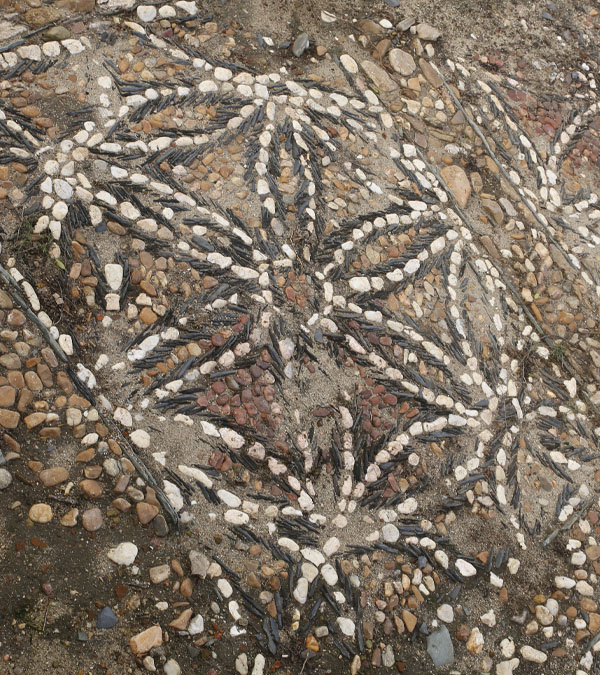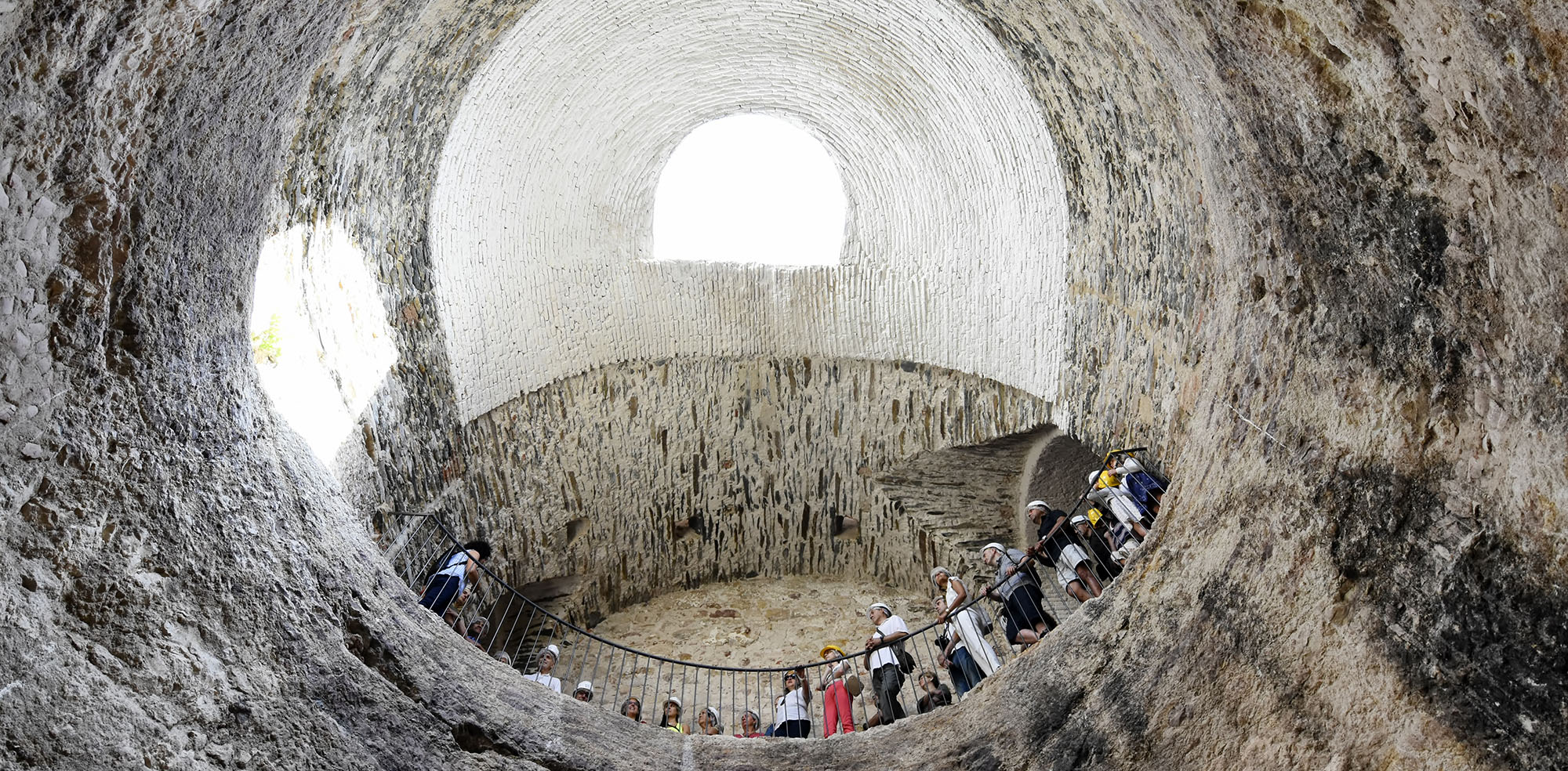ARCHAEOLOGY_
BRIDGE BETWEEN PAST AND PRESENT
This fascinating discipline is responsible for excavating with analytical processes and a system that seeks to recover as much information as possible, thus uncovering objects, structures, and vestiges that tell us stories about the lives of those who preceded us. It not only reveals what happened and when, but also invites prehistorians and historians to interpret how the great events of humanity occurred.
Have you ever wondered why our Paleolithic ancestors expressed themselves through engravings and paintings? How did they experience the changes of the Neolithic period, or how was an ancient community socially structured? Archaeology, although irreparably transformative because each excavation alters what is excavated—”as if by reading a page of a book we tore it out and burned it”—is vital for preserving these treasures and transmitting their value to future generations.
Salamanca is a clear example of how archaeology contributes to understanding and appreciating the evolution of a place from its origins to the present day. In this context, we will explore the relationship between archaeology and Salamanca, its history and transformation over the centuries, and the importance it has had in discovering new tourist scenarios.



THE ARCHAEOLOGICAL HERITAGE
OF SALAMANCA: A WINDOW TO HISTORY_
Archaeology is much more than important: it is essential. It teaches us to care for and value the vestiges of our past, allowing us to explore our history from its origins to the most recent days. This discipline weaves a direct connection between the past and us, and underscores the importance of disseminating these discoveries so that everyone, from the youngest to the oldest, can marvel at them.
Salamanca, with its university founded in 1218, one of the oldest centers of study in the world, is also rich in archaeological remains that speak of its remote past. Each layer of soil tells a different story, from the first settlements in what we now know as Cerro de San Vicente, to its consolidation as an urban and cultural center in the Middle Ages and its stage of splendor in the Renaissance. Through the centuries, each discovery has helped compile the vast history of this emblematic city, showing that behind every stone there is a story waiting to be told.
Sometimes, it’s easy for those unfamiliar with archaeology to see the findings as mere stones. However, each fragment, each archaeological site is a window to our past and forms the foundation of what we are today. By studying these ancient vestiges, we not only better understand our history, but we also learn about ourselves and how we have come to be who we are. Archaeology not only helps maintain these buildings, but also teaches about the construction techniques and social life of past eras.

ARCHAEOLOGY IN
SALAMANCA TODAY_
Archaeology has experienced a significant leap in recent decades, growing in visibility and becoming a source of interest for more people every day. An example of this is the increase in the number of visits to archaeological sites, greater awareness of what it represents, and the large amount of information generated in the media.
This advancement has revolutionized our understanding of Salamanca, fostering a sense of identity and belonging among citizens and visitors seeking to connect with the living history of the city. Moreover, archaeology in Salamanca has not only unraveled layers of its history, but has also enriched the cultural and educational life of the city, turning it into a center for historical learning and a source of pride for the community.
PLAN DE SOSTENIBILIDAD TURÍSTICA DE SALAMANCA




